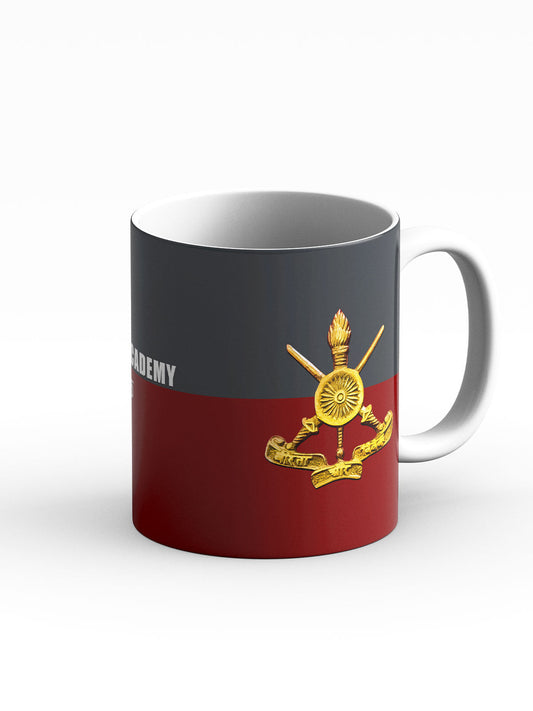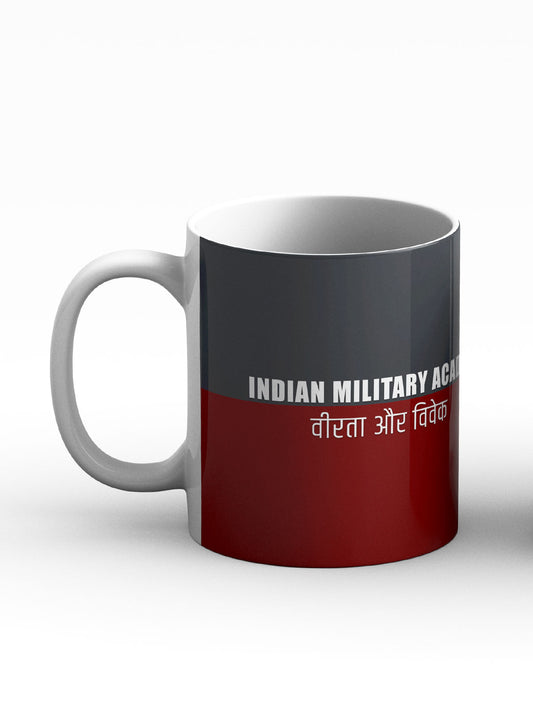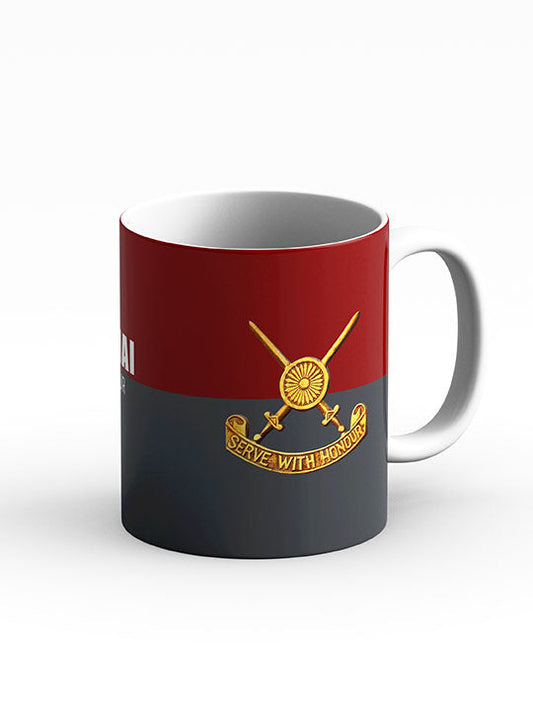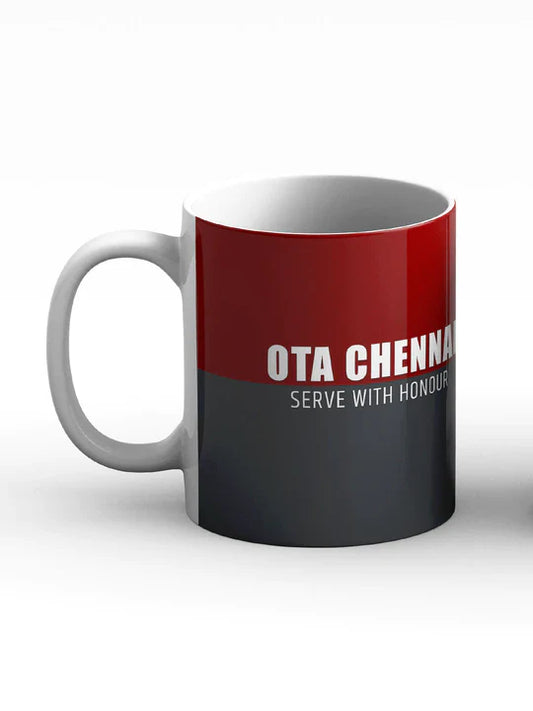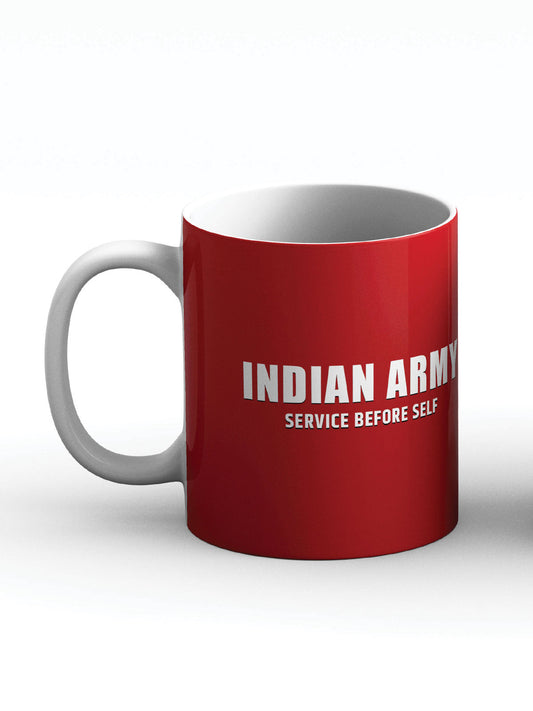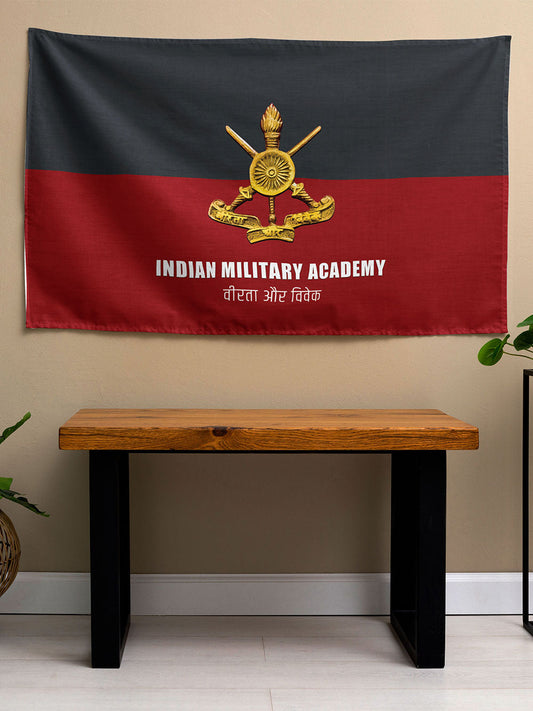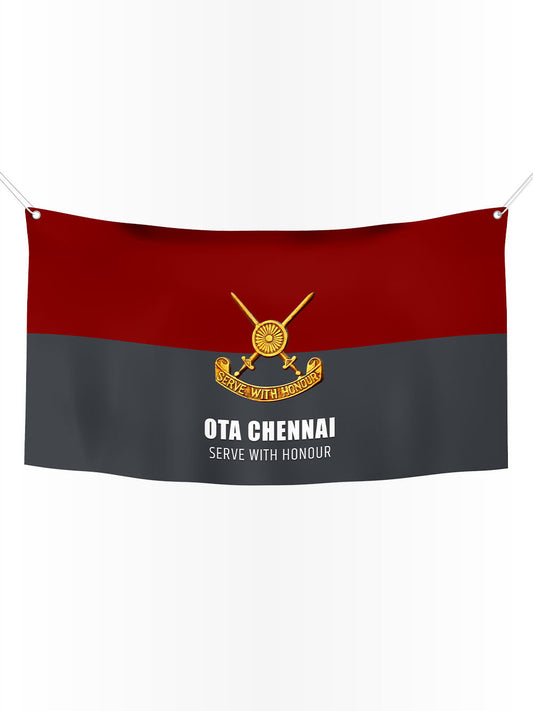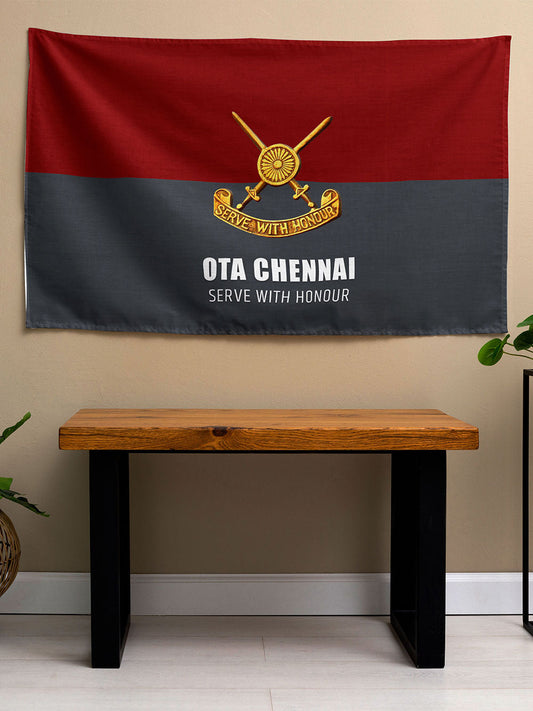Kaladan Project to Enhance Northeast Connectivity by 2027, Announces Sonowal
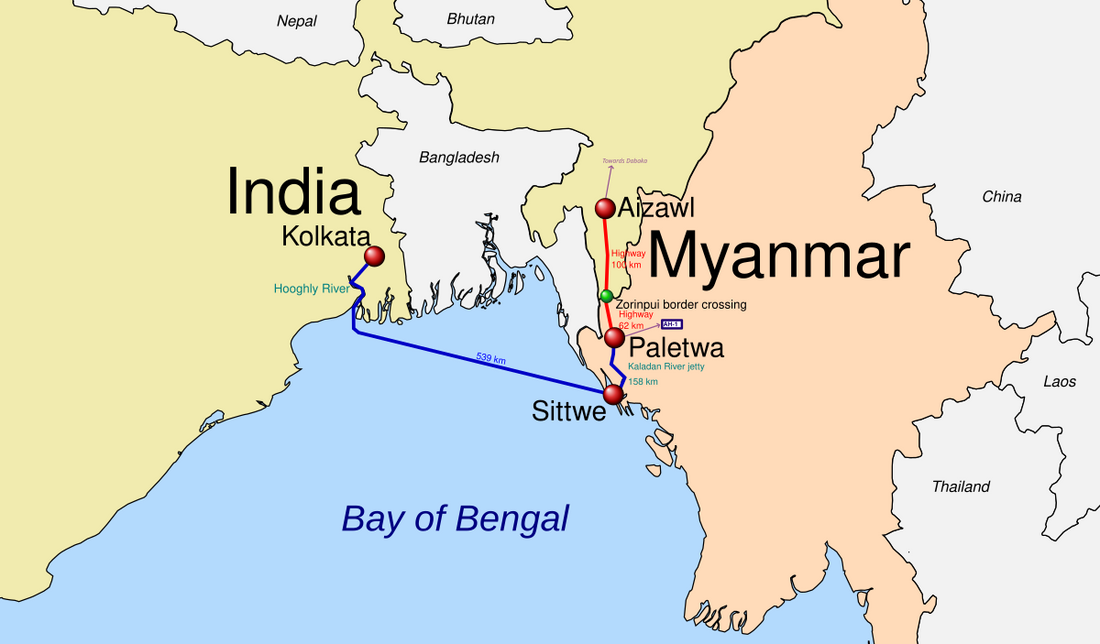
Union Shipping Minister Sarbananda Sonowal has revealed that the Kaladan Multi-Modal Transit Transport Project (KMMTTP) is anticipated to become fully operational by 2027, representing a significant enhancement in connectivity and trade for India's northeastern region.
Initiated under the India–Myanmar Friendship Treaty, this extensive project aims to reduce the distance between Mizoram’s capital, Aizawl, and Kolkata by 700 kilometers. Additionally, it offers a strategic alternative to the current land route through the narrow Siliguri Corridor, also known as the "Chicken’s Neck," which links the northeast to the rest of India.
The Shipping Ministry has already allocated ₹1,000 crore to develop the waterway components of the project, while other governmental bodies are responsible for constructing the road infrastructure. The planned route includes transportation along the Kaladan River up to Myanmar’s Paletwa, covering 159 kilometers, followed by a 110-kilometer road link to the Mizoram border. This road segment is currently under construction and is expected to be completed by 2027.
Minister Sonowal emphasized that the project is in line with Prime Minister Narendra Modi’s Act East policy, which focuses on placing the northeast at the forefront of India’s regional development and integration efforts with Southeast Asia. He also noted that the successful implementation of Sittwe Port in Myanmar underscores the government's commitment to enhancing regional trade logistics.
The full operation of the KMMTTP is projected to open up new trade routes for Bangladesh, Bhutan, Nepal, and Myanmar, thereby improving their access to international maritime routes. The project will also bring significant advantages to Tripura by reducing transit times and logistics costs.
Sittwe Port is poised to handle exports from Myanmar, including rice, timber, seafood, petroleum products, and garments. Meanwhile, imports through the port will consist of construction materials such as cement, steel, and bricks.



